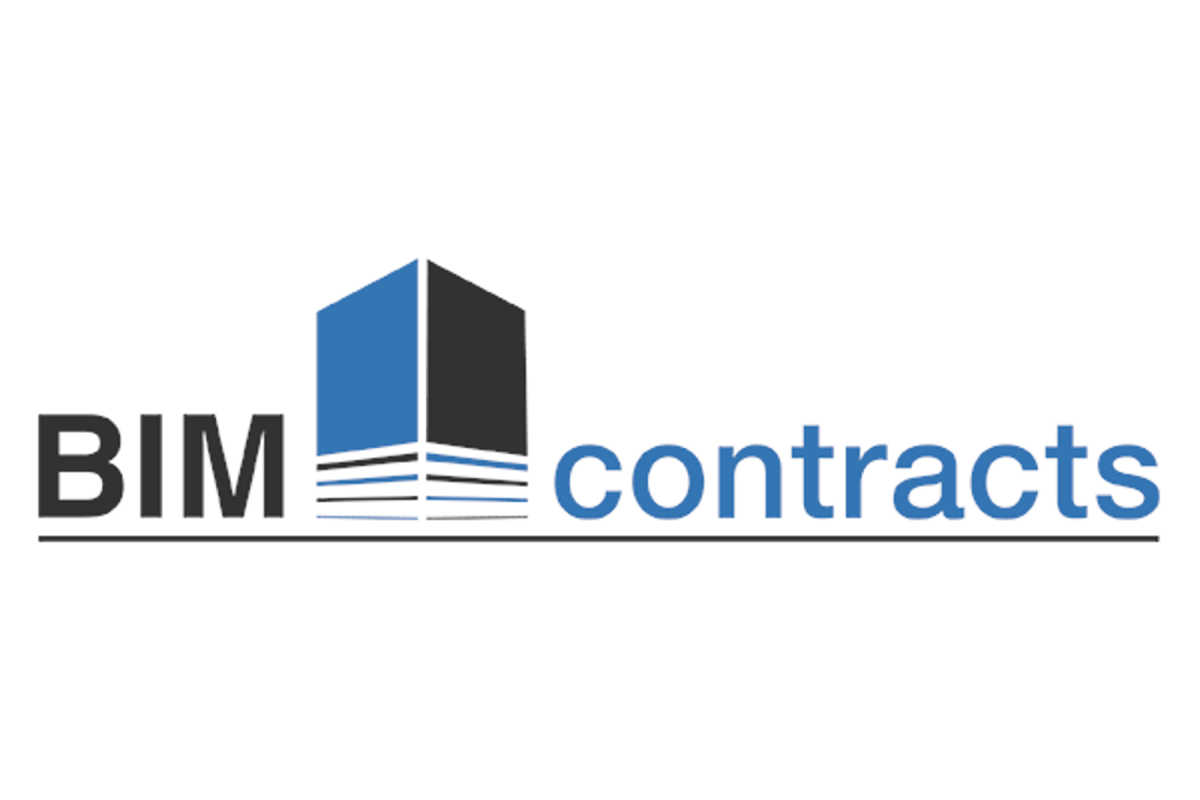24. March 2021 By Uwe Lutter
Digitalisation becomes part of the toolbox – Part 2 – BIM projects at adesso
The first part of this blog post explained the importance of BIM methodology for future construction projects as well as the fundamental concepts of BIM. It illustrated how public clients, in particular the Federal Ministry of Transport and Digital Infrastructure (BMVI), play a major role in promoting and making BIM mandatory in Germany. planen bauen 4.0 GmbH, based in Berlin, has been commissioned to establish the ‘National BIM Competence Centre of the Federal Government’.
adesso is currently cooperating with planen bauen 4.0 in three projects relating to BIM. The objectives of these projects are briefly described below.
BIMSWARM (research project)
The central goal of BIM is to ensure that information about construction projects is synchronised among all companies involved. This should help to avoid missing information or misinformation, which is prone to result in costly construction defects. Companies are required to use software systems that support data exchange on the basis of open data formats across system and manufacturer boundaries in accordance with the BIM method.

The goals of the BIMSWARM platform are fully aligned with these objectives. The platform is to serve as an information portal and marketplace for BIM-compliant construction software and will also act as an integration platform that enables the interconnection of software solutions for construction-related subprocesses.
Construction companies will be able to use BIMSWARM to find BIM-certified software solutions. The companies involved in a construction project can connect their applications with BIMSWARM, which serves the function of a superordinate BIM process by making the results of one application automatically available to the downstream application for further processing.
The BIMSWARM platform ensures the smooth exchange of data and model information between interconnected applications without putting interfering system boundaries or firewalls in the way. In BIMSWARM, interlinked software products are referred to as a toolchain. These are compiled with the help of the BIMSWARM composer and made available to the partners involved. Any product part of the toolchain can be used directly on the BIMSWARM platform without the need for an additional login (single sign-on). Storage and exchange of data within a toolchain is handled in the Common Data Environment (CDE) integrated in BIMSWARM.
BIMSWARM was launched in 2019 as a research project under the leadership of planen bauen 4.0 GmbH. adesso is responsible for the development of the BIMSWARM platform within the project consortium. The Ruhr University Bochum is making its BIM expertise available under the direction of Prof Markus König. Further consortium partners are dedicated to building the integrated Common Data Environment as well as construction-specific software products.
The research project will be completed in September 2021. Digitalisation trends are on the rise, and the importance of the BIM methodology in construction is growing rapidly. Therefore, the operator of the National BIM Competence Centre of the Federal Government planen bauen 4.0 sees excellent market opportunities for the introduction of a non-proprietary platform for the marketing and integration of BIM-capable software systems. planen bauen 4.0 therefore aims to introduce the platform on the market in 2021.
BIMcontracts (research project)
Even though 5D models contain all relevant information for the billing of partial services according to BIM, the completion notification and billing process is generally not automated. This repeatedly leads to considerable delays between the provision of services and their contractually agreed payment. Particularly in the case of medium-sized companies, which form the backbone of the German construction industry, this can lead to serious liquidity problems and can even result in bankruptcy.

This is exactly where BIMcontracts comes in. In BIMcontracts, a so-called smart contract is created for each contractually agreed billing unit. This is linked to the BIM model, where it is allocated to the corresponding items in the bill of quantities. The smart contract sets out clear rules for the performance of contractual services, and these control the workflow up to payment for the service provided. The notification of completion of a billing unit, its inspection and acceptance by the client as well as its payment are carried out on this basis in a timely and effective manner as a digitally controlled, partially automated process. The BIMcontracts system manages the corresponding transactions transparently and in an audit-proof manner in a blockchain.
The BIMcontracts research project is headed by adesso, who acts as consortium leader. As with BIMSWARM, the Ruhr University Bochum, represented by Prof Markus König, and planen bauen 4.0 GmbH are members of the consortium. The Dortmund-based FREUNDLIEB construction company is contributing its construction expertise to the project. The Kapellmann law firm takes care of the legal aspects of digital billing in the consortium. Last but not least, the chair of Prof Dr Volker Gruhn with the University of Duisburg-Essen contributes its expertise in the areas of blockchain and digitalisation.
adesso has assumed the task of developing the prototype of the BIMcontracts system, the so-called demonstrator. The construction experts in the consortium assess the market potential of this solution as very strong. Inspired by this assessment, several partners aim for launching the BIMcontracts solution on the market soon after completion of the research project.
BIM portal
In the founding mandate of the National BIM Competence Centre of the Federal Government, the Federal Ministry of Transport and Digital Infrastructure (BMVI) – one of the foremost promoters of digitalisation in Germany as envisaged by BIM – explicitly agreed on the development and operation of a BIM portal with planen bauen 4.0 GmbH. planen bauen 4.0 in turn commissioned adesso with the development of the BIM portal.

In the future, the BIM portal is to serve as the central platform for BIM-compliant technical tenders for construction services by public clients. The clients first publish their requirements for the construction project and their specifications for construction implementation as client information requirements (CIR) via the BIM portal. Currently, a formal standard for CIR is being defined within the framework of the project. This standard will form the basis for all future public tenders.
When defining the CIR, clients draw on specific construction characteristics and standardised construction elements. The management of construction-related features, as well as the definition of new features and the adaptation of existing ones, are carried out via a clearly defined process in the BIM portal. As a result, the BIM portal’s characteristics database will be constantly evolving. It is intended to become a de facto standard for building element characteristics in Germany.
The BIM portal will also be able to verify the extent to which construction models submitted by vendors comply with the specifications in the CIR. For this purpose, the BIM portal is to offer dedicated inspection tools that enable automated inspections based on digital data.
Outlook
The German construction industry is currently undergoing a transformation towards digital planning and control processes as envisaged by BIM. The construction industry has a considerable need for the development of digital processes and solutions. Given adesso’s digitalisation competence, its role in current BIM projects and the longstanding partnership with planen bauen 4.0, the company is very well positioned to tap into digital opportunities in the construction industry. A first success in this respect was the order placed by FeuerTrutz Network GmbH with adesso to develop a software solution for the digital creation of fire protection concepts for construction projects.
Would you like to learn more about exciting topics from the world of adesso? And don’t forget to check out our latest blog posts.
Other articles in this series:
Digitalisation becomes part of the toolbox – Part 1 – Building information modelling

